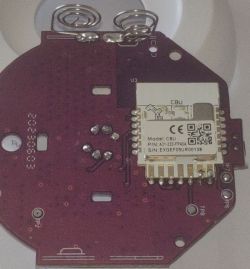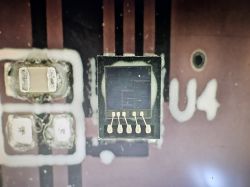Hello,
I would like to present teardown and my user experience of this module:
Tuya Light + PIR Motion Sensor (FH_PIR_400A) --> AliExpress-Link
First, some photos of package and content:
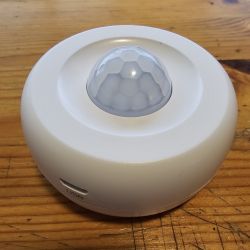
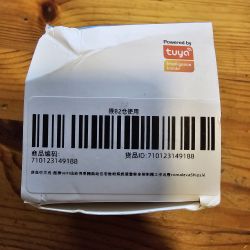
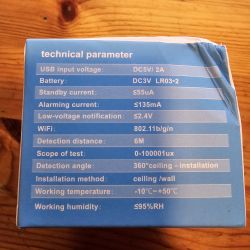
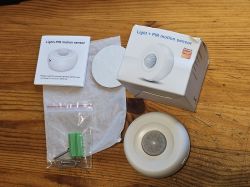
Pry to open carefully under reset button, then insert some flat tool to separate the two halves of housing by stretching the gap:
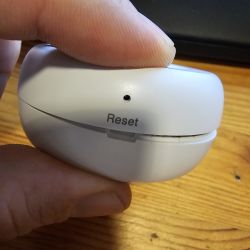
Now have a look at parts and module:

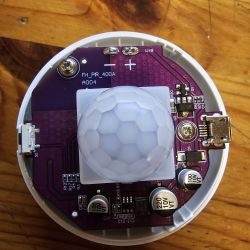
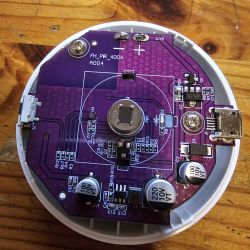
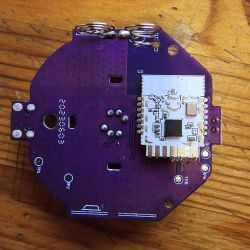
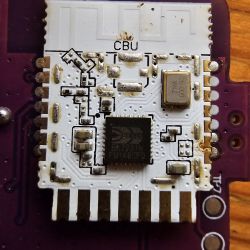
We have a very similar module in this post: https://www.elektroda.com/rtvforum/topic3982613.html
But here we have a CBU module and an additional light sensor which can measure light intensity by Lux at a range between 0 ~ 6500, give or take:
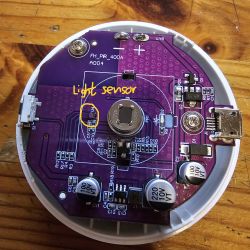
A few things about device and flashing:
- it is not a TuyaMCU device
- there is no need to cut connections or desolder CBU module
- flashing works flawlessly with bk7231flasher Windows tool
- the device can be powered with 2xAAA batteries, which makes sense with deep sleep driver (Door Sensor function)
- it can also be powered with 5V via MicroUSB
- the reaction time until Wifi is connected and status reported with OpenBK deep sleep is about ~5 seconds
- without deep sleep the Wifi connection is kept stable and it reacts instantly on motion
- After detecting motion, it changes to "Clear" within ~5 seconds when no further motion is detected
--> edit: I have bought several of those devices, and actually only the first one I bought has this fast clearing of motion interval, all the others take 30 seconds to change the status to "Clear" when no further motion is detected.
I was able to assign following functions to pins:
P8: motion detector --> dInput(_n) / DoorSnsrWSleep (whichever suits better)
P16: LED --> LED(_n) / WifiLED
P23: Battery --> BAT_ADC (choose different channel here)
P24: Reset Button --> btn
bkflasher was unable to extract information from original firmware read.
Here is the file:
Home Assistant discovery works on the spot:
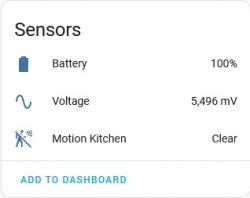
Unfortunately, I was unable to get the light sensor working. I tried GPIO doctor with all the pins dInput with and without pullup, no success. Any contribution to make the light sensor work would be appreciated.
Cheers!
I would like to present teardown and my user experience of this module:
Tuya Light + PIR Motion Sensor (FH_PIR_400A) --> AliExpress-Link
First, some photos of package and content:




Pry to open carefully under reset button, then insert some flat tool to separate the two halves of housing by stretching the gap:

Now have a look at parts and module:





We have a very similar module in this post: https://www.elektroda.com/rtvforum/topic3982613.html
But here we have a CBU module and an additional light sensor which can measure light intensity by Lux at a range between 0 ~ 6500, give or take:

A few things about device and flashing:
- it is not a TuyaMCU device
- there is no need to cut connections or desolder CBU module
- flashing works flawlessly with bk7231flasher Windows tool
- the device can be powered with 2xAAA batteries, which makes sense with deep sleep driver (Door Sensor function)
- it can also be powered with 5V via MicroUSB
- the reaction time until Wifi is connected and status reported with OpenBK deep sleep is about ~5 seconds
- without deep sleep the Wifi connection is kept stable and it reacts instantly on motion
- After detecting motion, it changes to "Clear" within ~5 seconds when no further motion is detected
--> edit: I have bought several of those devices, and actually only the first one I bought has this fast clearing of motion interval, all the others take 30 seconds to change the status to "Clear" when no further motion is detected.
I was able to assign following functions to pins:
P8: motion detector --> dInput(_n) / DoorSnsrWSleep (whichever suits better)
P16: LED --> LED(_n) / WifiLED
P23: Battery --> BAT_ADC (choose different channel here)
P24: Reset Button --> btn
bkflasher was unable to extract information from original firmware read.
Here is the file:
Home Assistant discovery works on the spot:

Unfortunately, I was unable to get the light sensor working. I tried GPIO doctor with all the pins dInput with and without pullup, no success. Any contribution to make the light sensor work would be appreciated.
Cheers!
Cool? Ranking DIY









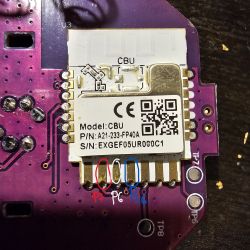
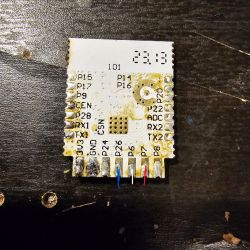
![[BK7231N] [CBU] Tuya Light + PIR Motion Sensor (FH_PIR_400A) [BK7231N] [CBU] Tuya Light + PIR Motion Sensor (FH_PIR_400A)](https://obrazki.elektroda.pl/2703368100_1694092230_thumb.jpg)

